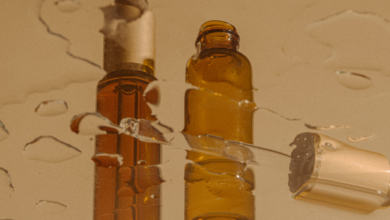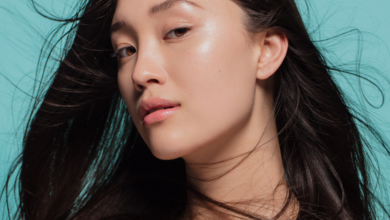
In this article, you’ll discover everything you need to know about Gua Sha, a technique that can help you achieve sculpted skin. We’ll explain what Gua Sha is, how it works, and when and how to use it to get the best results. Whether you’re a beginner looking to improve your skincare routine or someone who’s curious about Gua Sha, this guide will provide you with all the information you need to get started. By the end of this article, you’ll be equipped with the knowledge to incorporate Gua Sha into your beauty regimen and achieve that radiant, sculpted skin you’ve always wanted.
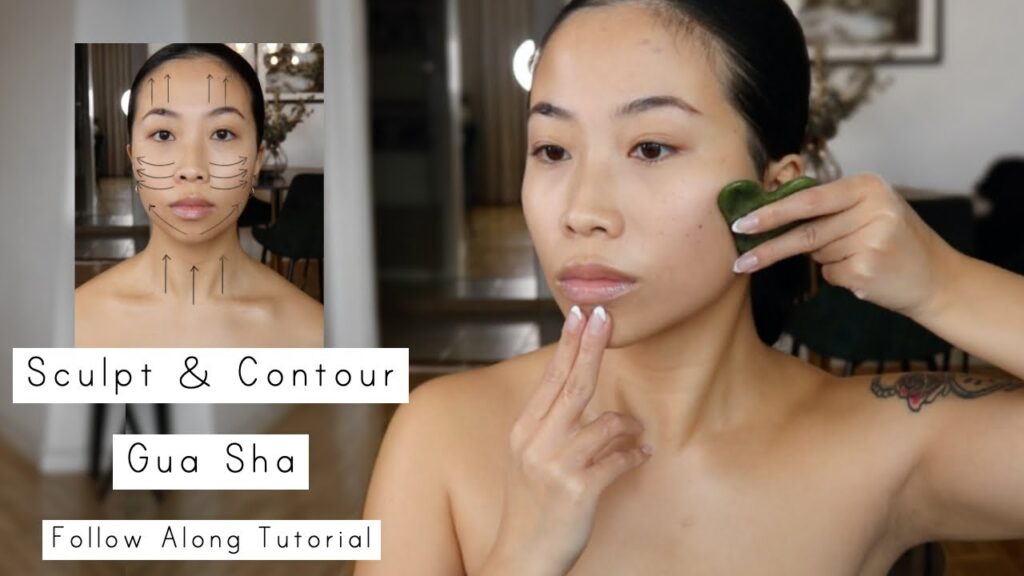
What is Gua Sha?
Gua Sha is an ancient Chinese healing technique that involves scraping the skin with a massage tool to improve circulation, stimulate the lymphatic system, and release tension in the muscles. This therapeutic practice has been used for centuries to promote overall health and well-being. In recent years, Gua Sha has gained popularity in the beauty world for its ability to sculpt and contour the face, resulting in a more youthful and radiant appearance.
History of Gua Sha
The history of Gua Sha dates back over 2,000 years to ancient China, where it was initially used as a medical treatment to alleviate pain, reduce inflammation, and boost the immune system. Traditionally, a smooth-edged tool, such as a jade stone or buffalo horn, was used to scrape the skin, creating redness or “sha” (which means blood congestion) in the treated area. This redness was believed to be a sign that toxins and stagnant energy were being released from the body, leading to improved health and vitality.
Definition and Purpose
Gua Sha, which translates to “scraping sand” in Chinese, involves using a tool with a curved or flat edge to scrape the skin in a downward motion. This technique creates friction, stimulating the blood flow, promoting lymphatic drainage, and facilitating the release of tension in the muscles. By increasing circulation and releasing blockages, Gua Sha allows for a more efficient exchange of oxygen and nutrients, resulting in a healthier, firmer, and more youthful complexion. Additionally, the gentle pressure and rhythmic scraping of the tool can provide a relaxing and soothing experience, helping to reduce stress and promote relaxation.
Tools and Techniques
Types of Gua Sha Tools

There are various types of Gua Sha tools available on the market today. The most commonly used ones include:
- Jade Roller: A handheld tool made from jade stone with a cylindrical shape and two ends. One end usually has a larger roller for larger areas, such as the cheeks and forehead, while the other end has a smaller roller for more delicate areas like the under-eye area and lips.

- Rose Quartz Gua Sha Tool: A flat, heart-shaped tool made from rose quartz crystal. This tool is used for sculpting and contouring the face and neck.

- Horn Gua Sha Tool: Traditionally made from buffalo horn, this tool has a smooth, curved edge that is ideal for massaging and scraping the skin.

- Stainless Steel Gua Sha Tool: A versatile tool made from stainless steel with a curved or flat edge. This tool is durable and easy to clean, making it a popular choice among professionals.

How to Choose the Right Tool
When choosing a Gua Sha tool, it’s important to consider your skin type, concerns, and personal preferences. For example, if you have sensitive skin, you may want to opt for a tool made from a soft material like rose quartz or jade. On the other hand, if you prefer a deeper massage and have thicker skin, a stainless steel or horn tool may be more suitable.
Additionally, consider the shape and size of the tool. Larger tools are ideal for covering larger areas of the face, while smaller tools are great for targeting specific areas like the under-eye area or around the nose. Ultimately, choose a tool that feels comfortable in your hand and glides smoothly over your skin.
Step-by-Step Gua Sha Technique
To perform a Gua Sha facial massage, follow these simple steps:
- Start by applying a facial oil or serum to clean, dry skin. This will help the tool glide smoothly over the skin and provide additional hydration.
- Hold the Gua Sha tool at a 15 to 45-degree angle and gently press it against the skin. Begin at the center of the face and slowly glide the tool in outward and upward strokes. Use light to medium pressure and repeat each stroke three to five times.
- Target specific areas of concern, such as the forehead, cheeks, jawline, and neck. Use the different edges and contours of the tool to reach all areas of the face.
- Be mindful of the direction of your strokes. Always move the tool in an upward and outward motion, following the natural contours of your face.
- Spend a few extra moments on areas of tension or congestion, such as the jawline or temples. Apply slightly more pressure in these areas to release any built-up tension.
- After completing the massage, gently remove any excess oil or residue from the skin with a warm towel or cleanser.
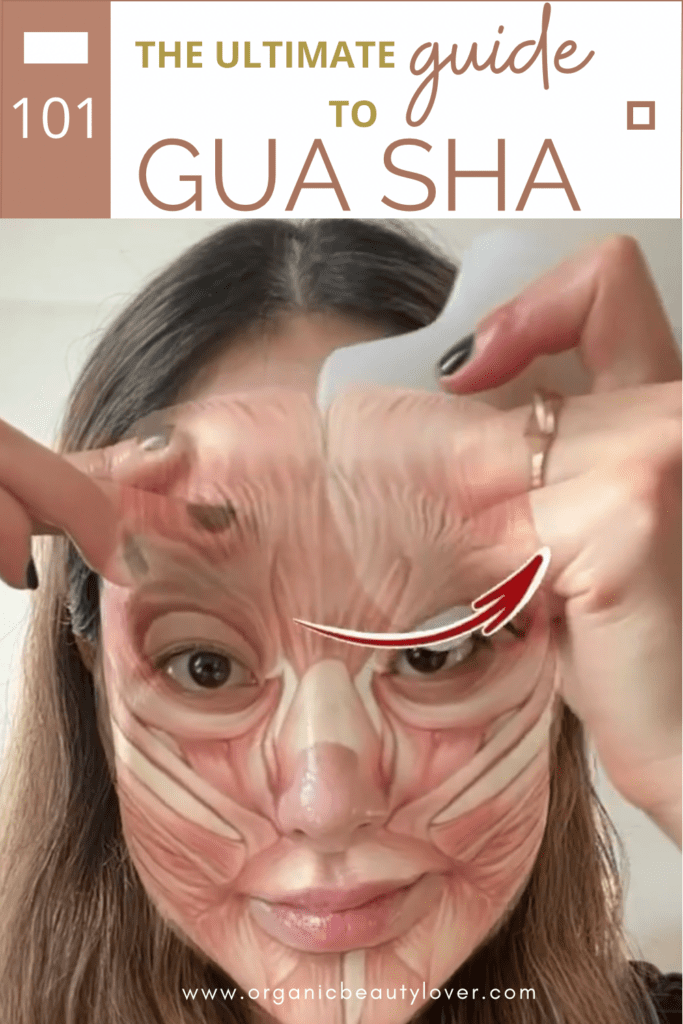
Benefits of Gua Sha
Skin Sculpting and Contouring
One of the primary benefits of Gua Sha is its ability to sculpt and contour the face. The gentle scraping motion helps to stimulate the facial muscles, resulting in a lifted and more defined appearance. Regular use of Gua Sha tools can help improve the overall shape and contour of the face, providing a more sculpted and youthful look.
Improved Blood Circulation
By stimulating the blood flow, Gua Sha helps to deliver oxygen and nutrients to the skin cells, promoting a healthy and radiant complexion. Increased circulation also helps to flush out toxins and waste products, leaving the skin looking refreshed and rejuvenated.
Detoxification and Lymphatic Drainage
Gua Sha promotes lymphatic drainage, which is crucial for eliminating toxins, reducing puffiness, and improving the overall health of the skin. The scraping motion helps to stimulate the flow of lymph fluid, which carries waste and toxins away from the cells. This detoxification process can help reduce inflammation and promote a clearer, brighter complexion.
Reduced Muscle Tension
The gentle scraping and massaging motions of Gua Sha help to release tension in the facial muscles. This can be especially beneficial for those who carry stress in their jaw, temples, or brow area. By releasing muscle tension, Gua Sha can help soften fine lines and wrinkles, relax facial expressions, and promote a more relaxed and youthful appearance.
Relaxation and Stress Relief
In addition to its physical benefits, Gua Sha also provides a sense of relaxation and stress relief. The rhythmic scraping and gentle pressure applied during the massage can help calm the nervous system and promote a state of deep relaxation. Incorporating Gua Sha into your skincare routine can become a mindful self-care ritual, helping you unwind and recharge.
Preparation for Gua Sha
Choosing the Right Skincare Products
Before starting a Gua Sha routine, it’s important to choose the right skincare products to enhance the benefits of the massage. Look for lightweight facial oils or serums that provide hydration and glide smoothly over the skin. Avoid heavy creams or lotions that may interfere with the tool’s movement.
Cleansing and Exfoliating the Skin
Cleanse your face thoroughly before performing Gua Sha to ensure that your skin is free from dirt, oil, and makeup. This will allow the tool to glide smoothly over the skin and prevent any bacteria from being pushed into the pores. Exfoliating the skin once or twice a week can also help remove dead skin cells and improve the effectiveness of the Gua Sha massage.
Applying a Suitable Facial Oil
Applying a suitable facial oil or serum is essential for a smooth and comfortable Gua Sha experience. Choose an oil that suits your skin type and concerns. For example, if you have dry skin, opt for a nourishing oil rich in essential fatty acids. If you have oily or acne-prone skin, choose a lightweight, non-comedogenic oil that won’t clog the pores.
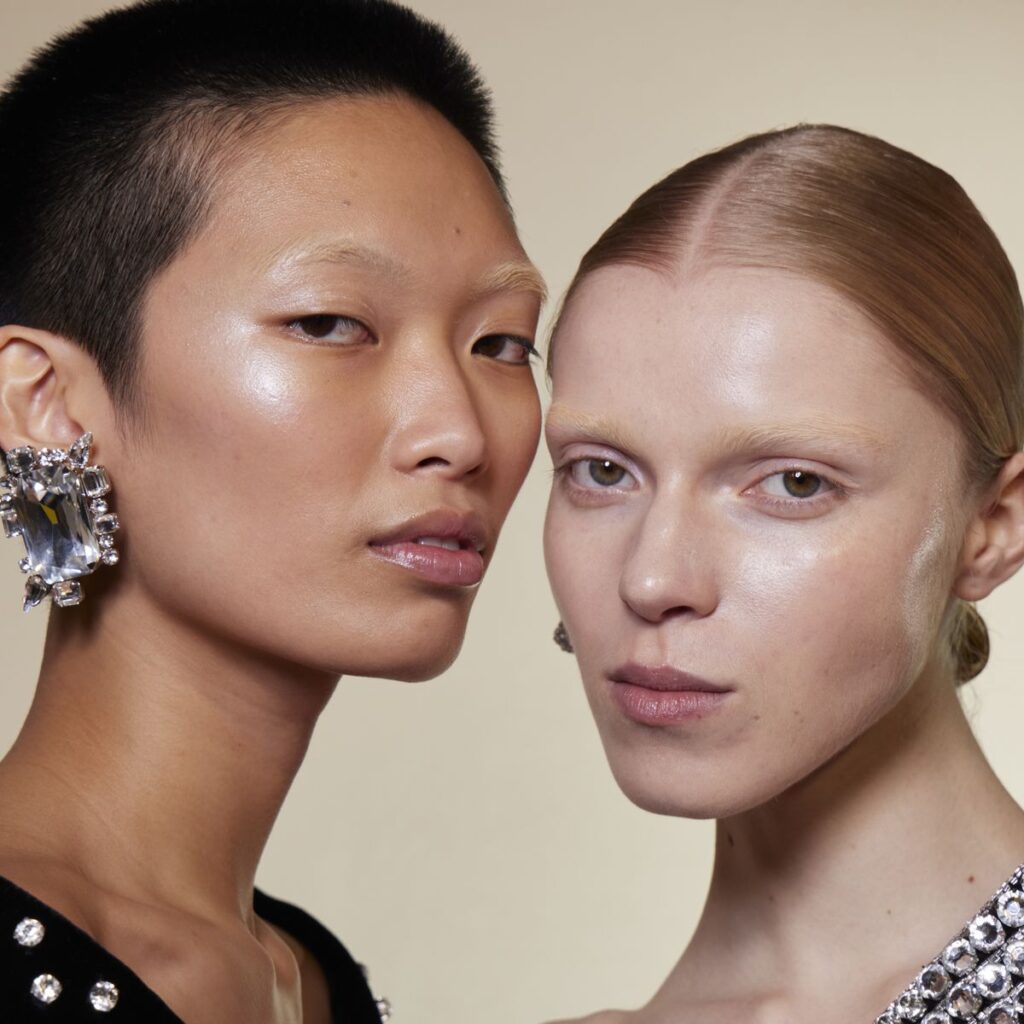
How and When to Use Gua Sha
Morning vs. Evening Routine
You can incorporate Gua Sha into both your morning and evening skincare routines, depending on your preference. In the morning, Gua Sha can help awaken the skin, reduce puffiness, and provide a natural glow. In the evening, Gua Sha can be a relaxing and soothing way to unwind and prepare for a restful night’s sleep.
Frequency of Gua Sha
For optimal results, aim to perform Gua Sha at least three times a week. Consistency is key when it comes to reaping the benefits of this practice. However, be sure to listen to your skin and adjust the frequency accordingly. If your skin feels sensitive or irritated, take a break from Gua Sha or reduce the frequency of your sessions.
Combining Gua Sha with Other Skincare Rituals
Gua Sha can be combined with other skincare rituals to enhance its benefits. For example, you can apply a facial mask before performing Gua Sha to help hydrate and nourish the skin. Additionally, incorporating Gua Sha into your regular facial massage routine can enhance the overall benefits and provide a deeper level of relaxation and rejuvenation.
Common Mistakes to Avoid
Applying Too Much Pressure
One common mistake when using Gua Sha is applying too much pressure. Gua Sha should be a gentle and relaxing experience, not a painful one. Applying excessive pressure can damage the skin and cause bruising. Instead, use light to medium pressure and let the tool’s weight do the work.
Incorrect Gua Sha Movements
To achieve the desired results, it’s important to follow the correct Gua Sha movements. Always move the tool in an upward and outward direction, following the natural contours of your face. Avoid dragging or pulling the skin, as this can cause sagging or stretching.
Using Gua Sha on Inflamed or Irritated Skin
Gua Sha should not be performed on inflamed or irritated skin, as it can worsen the condition and cause further irritation. If you have a sunburn, open wounds, or active acne, it’s best to wait until the skin has healed before using Gua Sha. Always listen to your skin and prioritize its health and well-being.
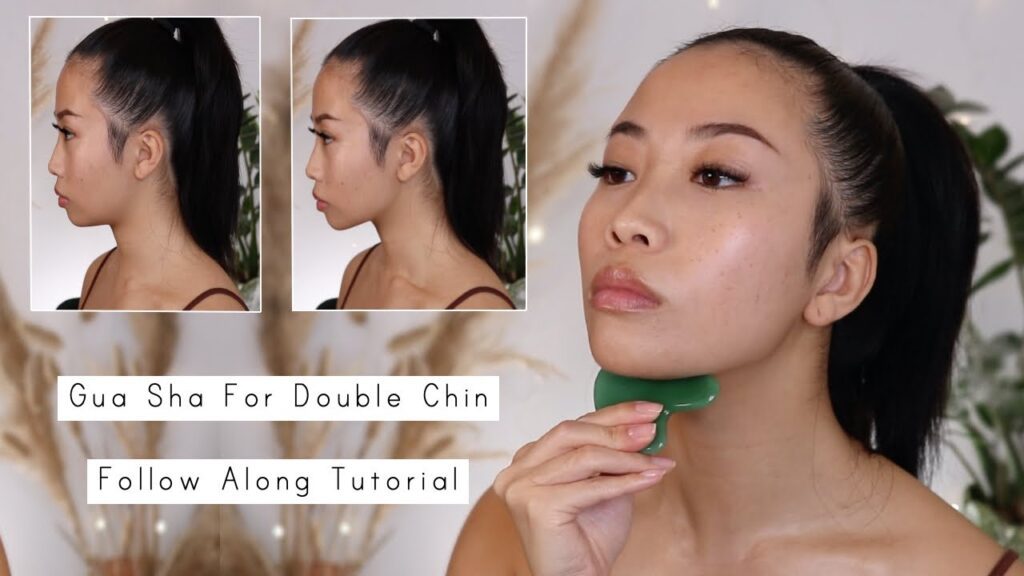
Tips and Tricks for Effective Gua Sha
Choosing the Right Gua Sha Technique for Your Concerns
Different Gua Sha techniques can target specific concerns and deliver optimal results. For example, if you’re looking to reduce puffiness and stimulate lymphatic drainage, opt for a gentle scraping motion with light pressure. If facial contouring is your goal, try using the tool at a 45-degree angle for a more defined look. Experiment with different techniques to find the one that works best for you.
Targeting Specific Areas of the Face and Neck
To achieve a sculpted and lifted appearance, it’s important to target specific areas of the face and neck. Spend extra time on areas that tend to hold tension, such as the jawline, temples, and forehead. Pay attention to the neck and décolleté area as well, as these areas can also benefit from Gua Sha.
Using Gua Sha for Facial Massage
In addition to its sculpting benefits, Gua Sha can also be used for a relaxing facial massage. Apply gentle pressure with the tool and use circular motions to stimulate the facial muscles. This will help improve circulation, relieve tension, and promote an overall sense of relaxation and well-being.
Safety and Precautions
Avoiding Broken or Damaged Skin
Gua Sha should never be performed on broken or damaged skin. If you have open wounds, active acne, or any other skin condition that causes broken skin, it’s best to wait until the skin has healed before using Gua Sha. Performing Gua Sha on broken skin can cause further damage and delay the healing process.
Cleanliness and Hygiene
Keep your Gua Sha tool clean and hygienic to prevent the build-up of bacteria. After each use, rinse the tool with warm water and mild soap. You can also use a gentle antibacterial spray or wipe to ensure thorough cleanliness. Store your Gua Sha tool in a clean and dry place to maintain its quality.
Consulting a Professional if Unsure
If you’re unsure about how to use Gua Sha or if you have any specific skin concerns, it’s always best to consult a skincare professional or esthetician. They can provide personalized guidance, recommend suitable tools and techniques, and address any questions or concerns you may have.

Gua Sha Aftercare
Applying a Soothing Facial Mist
After performing Gua Sha, spritz your face with a soothing facial mist to hydrate and refresh the skin. Look for a mist that contains calming ingredients like rosewater or chamomile extract. Gently pat the mist into the skin to enhance absorption and restore moisture.
Moisturizing the Skin
Following Gua Sha, moisturize your skin with a nourishing cream or lotion. Look for products that contain hydrating ingredients like hyaluronic acid, ceramides, or botanical oils. Apply the moisturizer in upward motions, using your fingertips to gently press and massage it into the skin.
Staying Hydrated
Remember to drink plenty of water throughout the day to stay hydrated from within. Hydration plays a vital role in maintaining the health and elasticity of the skin. Aim to drink at least eight glasses of water daily and incorporate hydrating foods into your diet, such as watermelon, cucumbers, and leafy greens.
Conclusion
Gua Sha is a holistic skincare technique that offers both physical and emotional benefits. By incorporating this ancient practice into your skincare routine, you can enjoy sculpted and contoured skin, improved blood circulation, detoxification, reduced muscle tension, and a sense of relaxation and stress relief. Remember to choose the right tools, follow the correct techniques, and listen to your skin’s needs. With consistency and patience, Gua Sha can become a powerful tool in your quest for radiant and sculpted skin. So, treat yourself to this ancient beauty secret and enjoy the transformative results it brings.
Essence Lash Princess Mascara Review(Opens in a new browser tab)
The Bunny Pretty Trend: Concerns about Animalizing Women’s Looks(Opens in a new browser tab)

